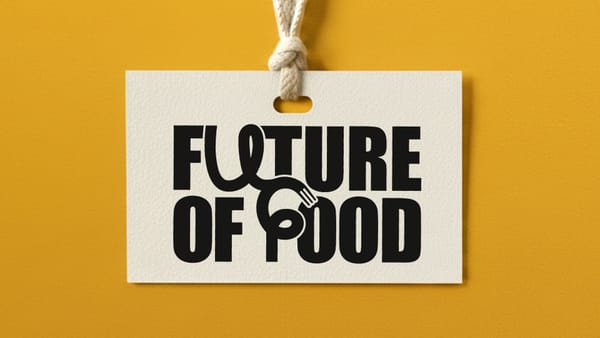UNSTUCK 002: What Veganuary Can Learn From Dry January
Go big by nailing the fundamentals of targeting, positioning, and identity.

This article originally published on Green Queen Media.
Veganuary has been a great success, but after a decade of expansion its growth has gotten stuck. Dissecting the playbook of Dry January, the other global January phenomenon, gives us important marketing lessons we can apply to break into the mainstream and make an even greater impact.
Veganuary, a movement encouraging people to try a plant-based diet, has racked up impressive results since its birth in York ten years ago. The vision, passion, and dedication of the team behind the annual challenge has gotten 1.8 million people to attempt going vegan across virtually every country on Earth, and has even gone to space. Over time, however, the movement has started to plateau, with its founder saying in a recent Guardian interview that “the pace of growth has leveled off; progress has slowed.” So how do we get it unstuck?
As luck would have it, we have a parallel example in Dry January, a movement that promotes alcohol abstinence. Both are cleansing rituals timed to start after a period of excess. Both were started in the UK about a decade ago, a mere year apart. And both have ambitions to expand their reach globally and affect longer-lasting behavior change. But Dry January has been uniquely able to build on its growth, going from a niche phenomenon to an early majority of adopters.
We can see this in a crude measure like worldwide Google Trends search volume, with Dry January doubling over the past five years while Veganuary has declined in relative terms. We can also see it in self-reported participation data in key markets. The latest comparable data from Yougov in the UK, the home market for both movements, shows 15% of Britons who drink planned to give up alcohol in January, while 3% of meat and dairy eaters said they would attempt to go vegan for the month. The picture in the US is less clear, with a range of “alternative facts” suggesting different participation rates. The consensus, however, seems to be that Dry January has crossed the 20% threshold taking it from a niche phenomenon into the early majority of adopters, while Veganuary is still somewhere in the single digits.

Let’s be clear on one thing – going vegan for a month is more difficult than laying off booze. Having to plan for breakfast, lunch and dinner every day, as well as taking into account the fact that meals are shared, makes it a bigger behavior change than ordering a mocktail or leaving the bottles in the cellar for a little while longer.
Despite this difference, there are core marketing lessons in comparing the two that Veganuary could benefit from and use to drive more traction. Imagine what 20+% of major markets going plant-based could do for the planet. Some disciplined marketing – we’re talking the fundamentals of targeting, positioning, identity, tonality and partnerships – could help us get there.






